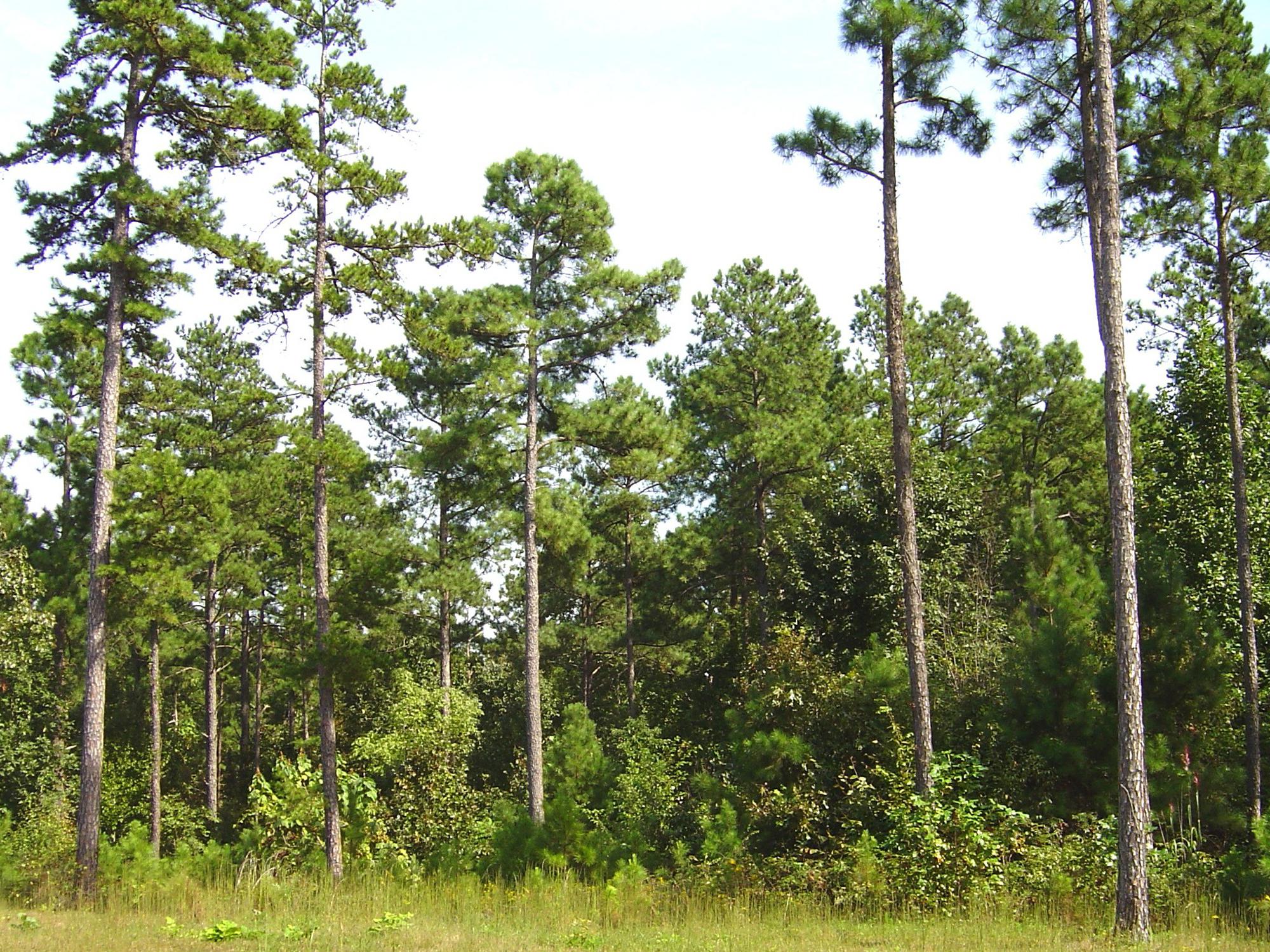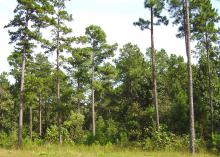Information Possibly Outdated
The information presented on this page was originally released on April 26, 2019. It may not be outdated, but please search our site for more current information. If you plan to quote or reference this information in a publication, please check with the Extension specialist or author before proceeding.
Shortleaf pine trees are worth growing
VERONA, Miss. – Before loblolly pines became the premier pine species in the United States, Mississippi native shortleaf pines offered some outstanding traits that are still valuable today.
When plantation forestry began in earnest during the mid-20th century, nursery production for reforestation grew with it. In the search for a widely acceptable pine species to plant, loblolly pine with its high adaptability and fast, early growth rate won the contest. Yet in the shadow of this impressive species, there is a related Southern pine that has an even greater natural range and virtually identical wood characteristics. This is the shortleaf pine that is native throughout Mississippi except in the Delta.
Shortleaf extends across the mountainous areas of the southern Appalachians from Pennsylvania, West Virginia, Kentucky and Tennessee, then south to northern Florida and west to eastern Texas and Oklahoma and southern Missouri. Within its natural range, this species performs best in northern Louisiana, Arkansas and the southern Piedmont. Its wood has been used for construction lumber, bridge timbers, veneer in plywood, pulp and paper, and framing on doors and windows.
Shortleaf can be distinguished from loblolly pine by several features. Shortleaf needles are 2.5 to 4 inches long and are usually in clusters of two. Its cones are about 2 inches long. The needles and cones are about half the length as those on loblolly pine. Also, shortleaf tends to have persistent cones, which means they often remain on the tree after seedfall.
Shortleaf is more resistant than loblolly or slash pine to fusiform rust, perhaps the most damaging disease of Southern pines. Littleleaf disease, which is caused by a root pathogen, is the most damaging disease to shortleaf. This disease will most often occur on wetter sites. Shortleaf pine is also fire tolerant, next to longleaf pine. Mature shortleaf can withstand ground fires, but young stands are very susceptible.
Given the very extensive range of shortleaf, this Southern pine is a viable choice for natural stand or plantation management in northern Mississippi, Alabama and Tennessee. It has the most resilience to ice of the Southern yellow pines. Shortleaf pine will grow on drier, more infertile sites, due to its extensive root system. Unique among Southern pines, shortleaf is also capable of sprouting at young ages. Furthermore, shortleaf can tolerate growing in very dense stands, and it responds to thinning even as mature trees.
Silvicultural and genetic research with shortleaf pine is very limited. At early ages, shortleaf has a smaller seedling and slower growth rate as it develops its root system. However, shortleaf is capable of maintaining an extended growth period. This species has other advantages. Shortleaf responds to vegetation control and herbaceous weed control. It also has the potential for tree improvement through genetic research
Due to its extended growth rate, shortleaf is capable of producing a high quality sawlog. Since sawtimber production is the goal for Southern forest landowners, shortleaf pine should be added back to the list for consideration in management.

Editor’s Note: Extension Outdoors is a column authored by several different experts in the Mississippi State University Extension Service.






